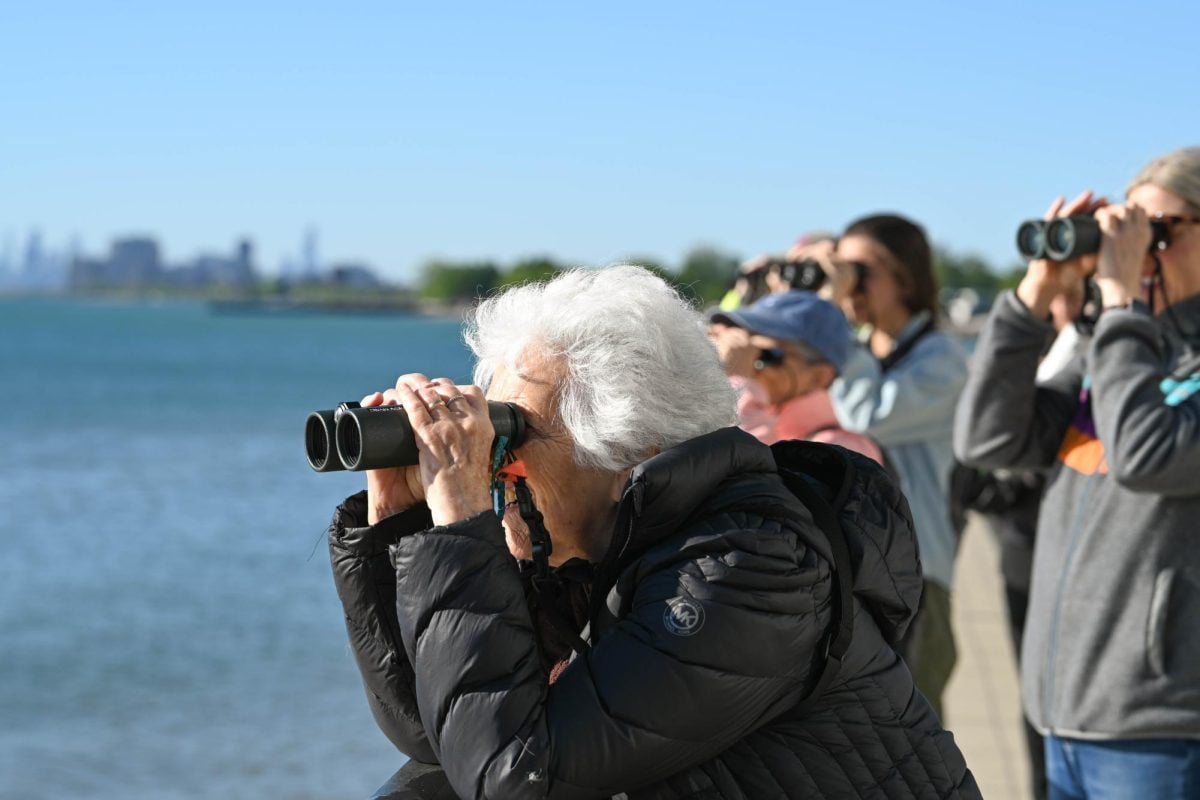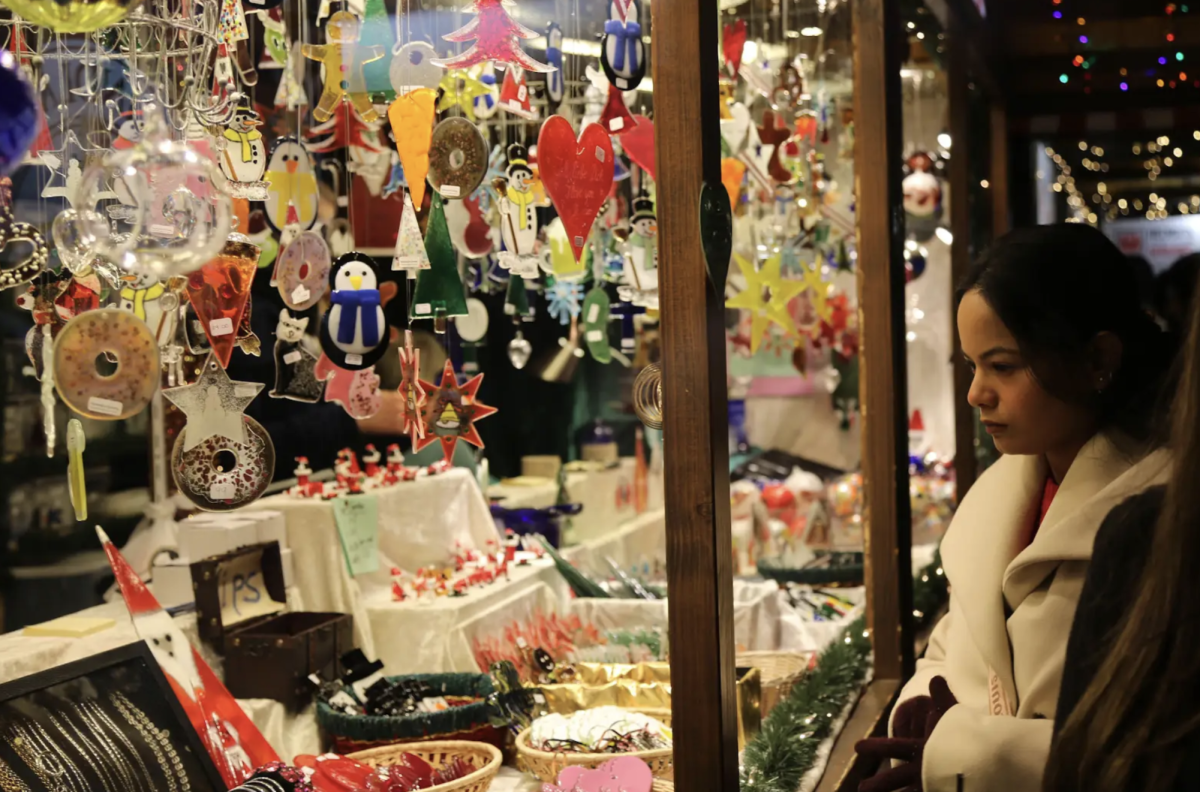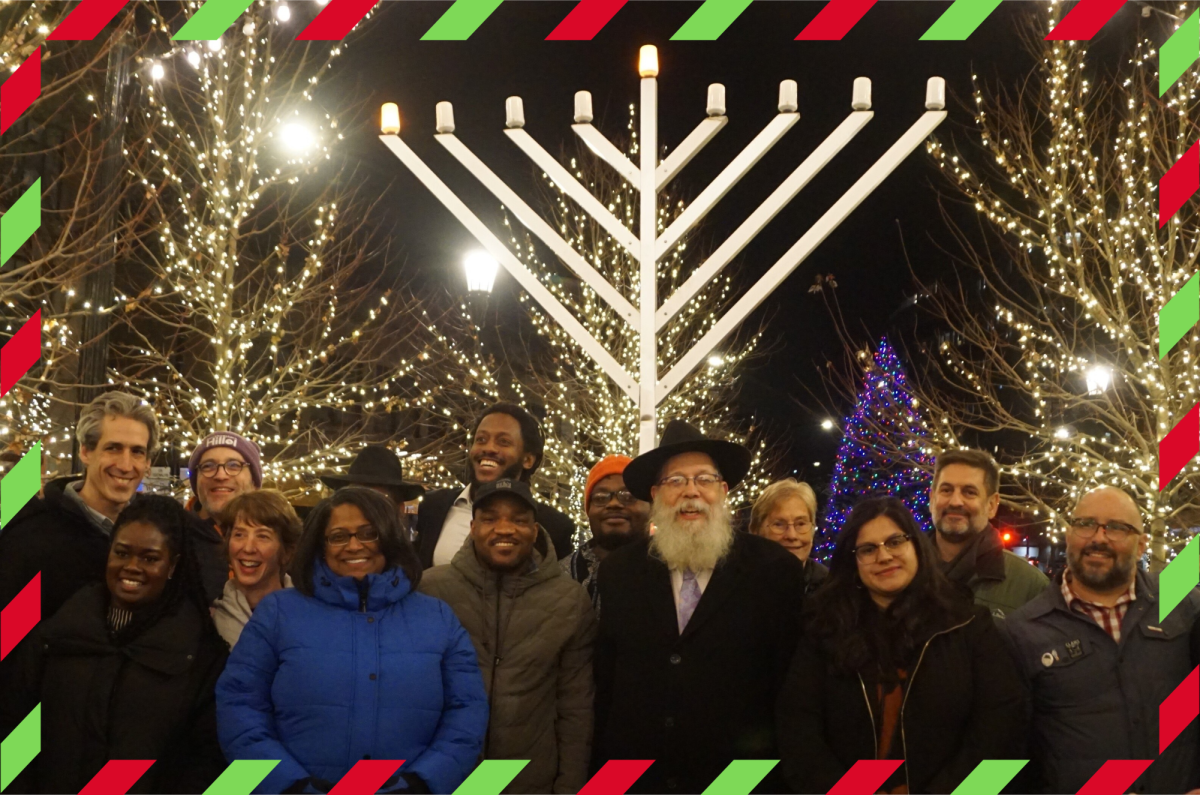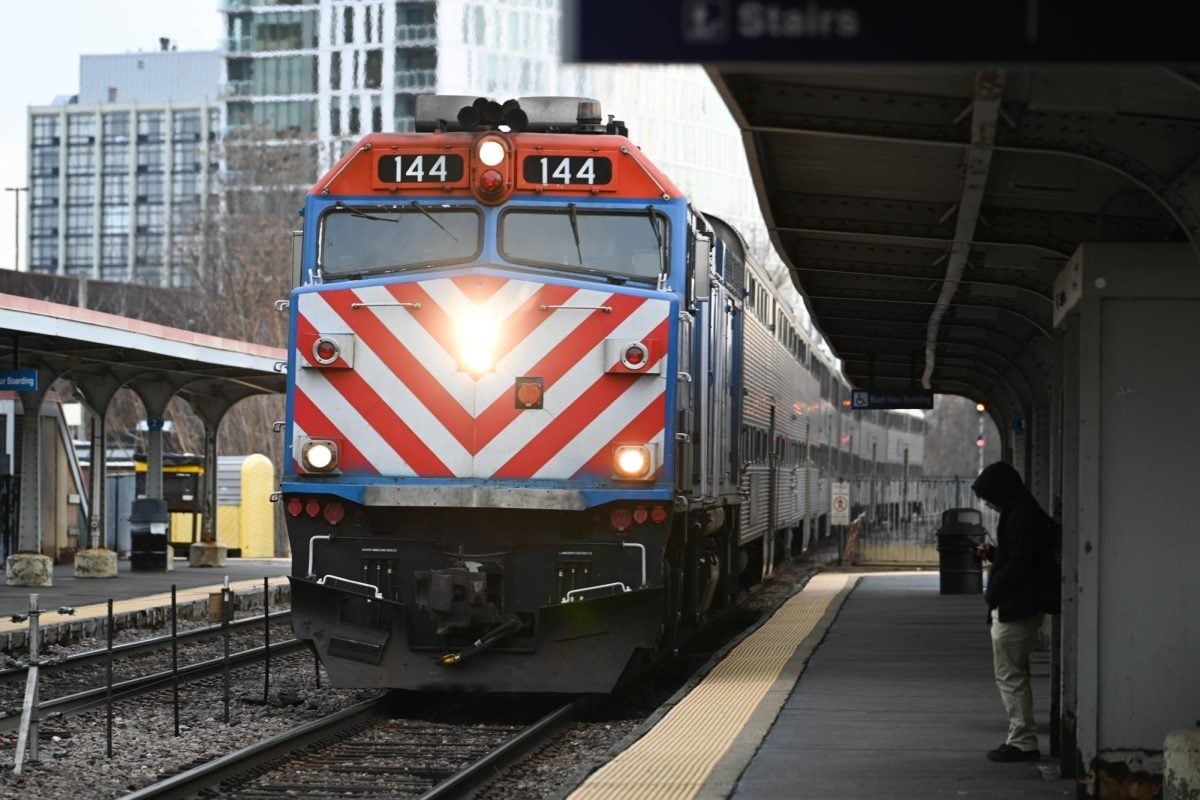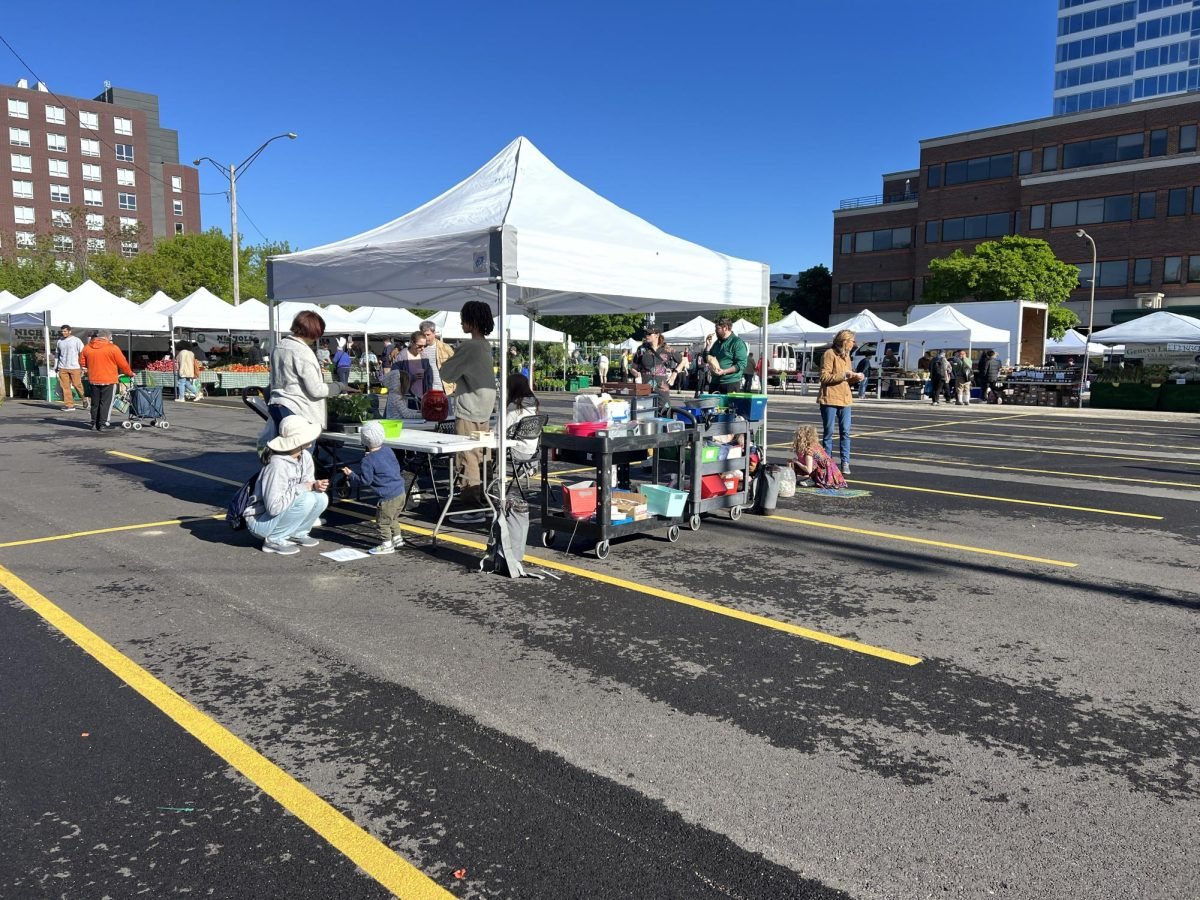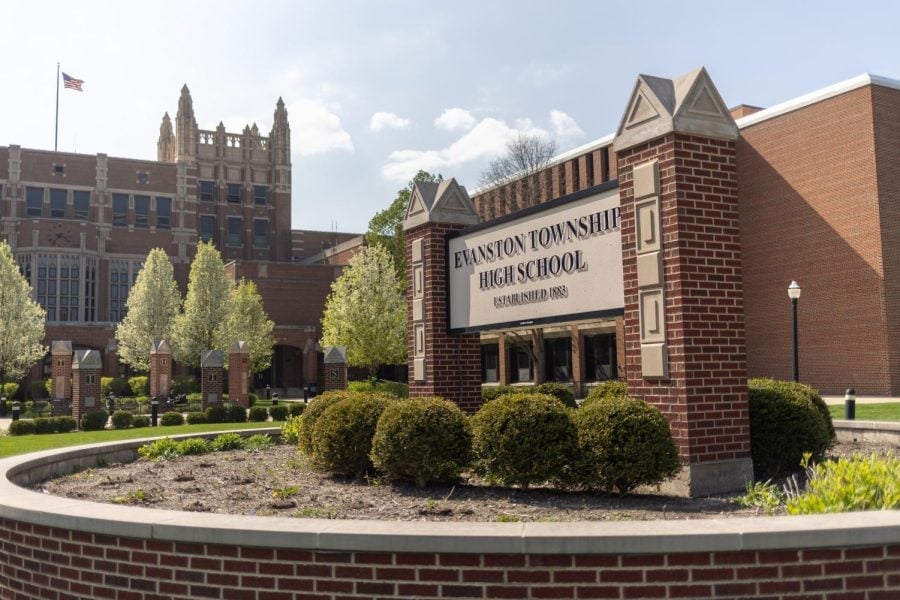About 10 people stopped in their tracks early Saturday morning on the Northwestern lakefront path and focused upward at the bird nests that line the Regenstein Hall of Music exterior.
Unlike the morning exercisers who sometimes jogged past them, these early birders set out on a different exercise: a “bird walk” to spot as many avian species as possible. The walk weaved from the lakefront to the trees near University Hall and the Garrett-Evangelical Theological Seminary.
On Saturday — World Migratory Bird Day — the more than two-hour birding excursion took on a distinguished air.
“You’ve heard ‘the canary in the coal mine,’” said Sarah Flax, a member of the Evanston North Shore Bird Club. “Birds are indicators of health, of environmental well-being.”
Flax, who also serves as the city’s community development director, said she recorded 24 species during the Saturday walk. She added that she got her first spring glimpse of a warbling vireo, which spends its summers in much of the continental U.S.
World Migratory Bird Day seeks to increase global engagement with avian species that bring manifold benefits to humans. Mayor Daniel Biss proclaimed the day’s local recognition at the April 29 City Council meeting.
“Birds are at once wild, exotic and familiar, and among the most beautiful and easily observed wildlife that share our communities,” Biss said.
Migratory birds offer myriad benefits to the global ecosystem such as seed dispersal and plant pollination, he added.
Even before this year’s World Migratory Bird Day, avian advocates had recorded recent victories in Evanston. In 2022, the city introduced building requirements that seek to reduce bird collisions. Last year, Evanston became a Bird City Illinois — today, only one of six cities statewide that maintain the Audubon Council of Illinois’ bird-friendly distinction.
Many priorities remain for avian advocates in the Chicago region, a critical passage for migratory birds. In October, nearly 1,000 birds died on a single day by crashing into windows at the McCormick Place Lakeside Center in Chicago, resulting in local birders’ consternation.
The images of dead birds left a reminder about the impact of human development on avian habitats and migration routes, Flax said.
“Buildings have to be built with the thought of protecting birds in mind,” she said.
Thus far in the season, more than 36 million migratory birds have crossed Cook County, the BirdCast database estimates. By the time the northward migration tapers off in June, the total usually grows to about 50 million birds.
World Migratory Bird Day focused on the relationship between birds and insects this year. Because birds rely on insects for sustenance, global organizers say this year’s focus will call people’s attention to habitat restoration and reducing harsh pesticide use.
“Even if they’ve migrated, even if they’ve made it up here, we have to make it so that they can successfully nest,” said Libby Hill, a member of the Evanston North Shore Bird Club.
The club leads regular birding events in Evanston and nearby suburbs. As its walk threaded through the halcyon Shakespeare Garden on NU’s campus, the birders watched a few cardinals frolicking overhead.
Elizabeth Showalter, who started birding with the club last year, said she spotted her first magnolia warbler of the year.
“It brings me a lot of joy to see all the different kinds of birds,” she added. “I want them to want to come here, where we are.”
Email: [email protected]
Related Stories:
— Red-winged blackbirds frighten walkers on the Lakefill
— ASG Senate passes legislation to reduce bird collisions with Mudd Library
